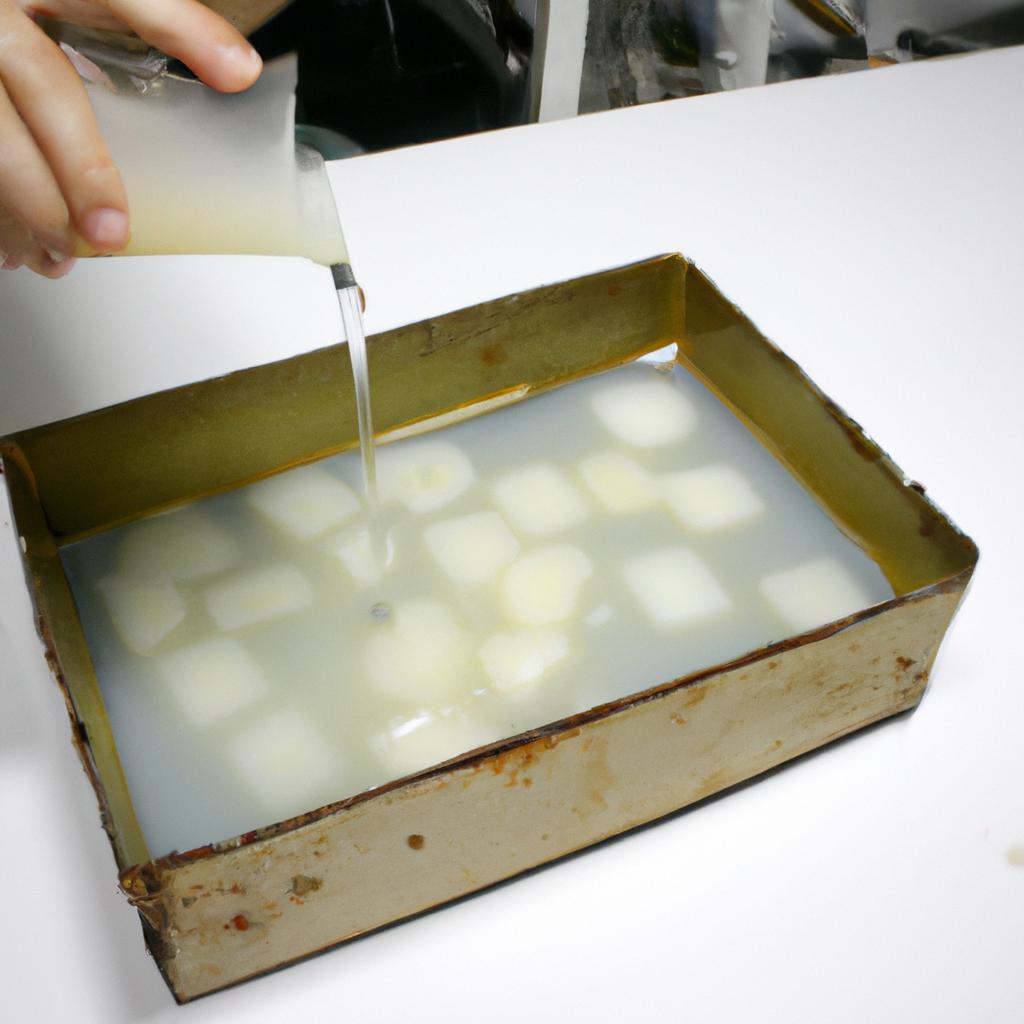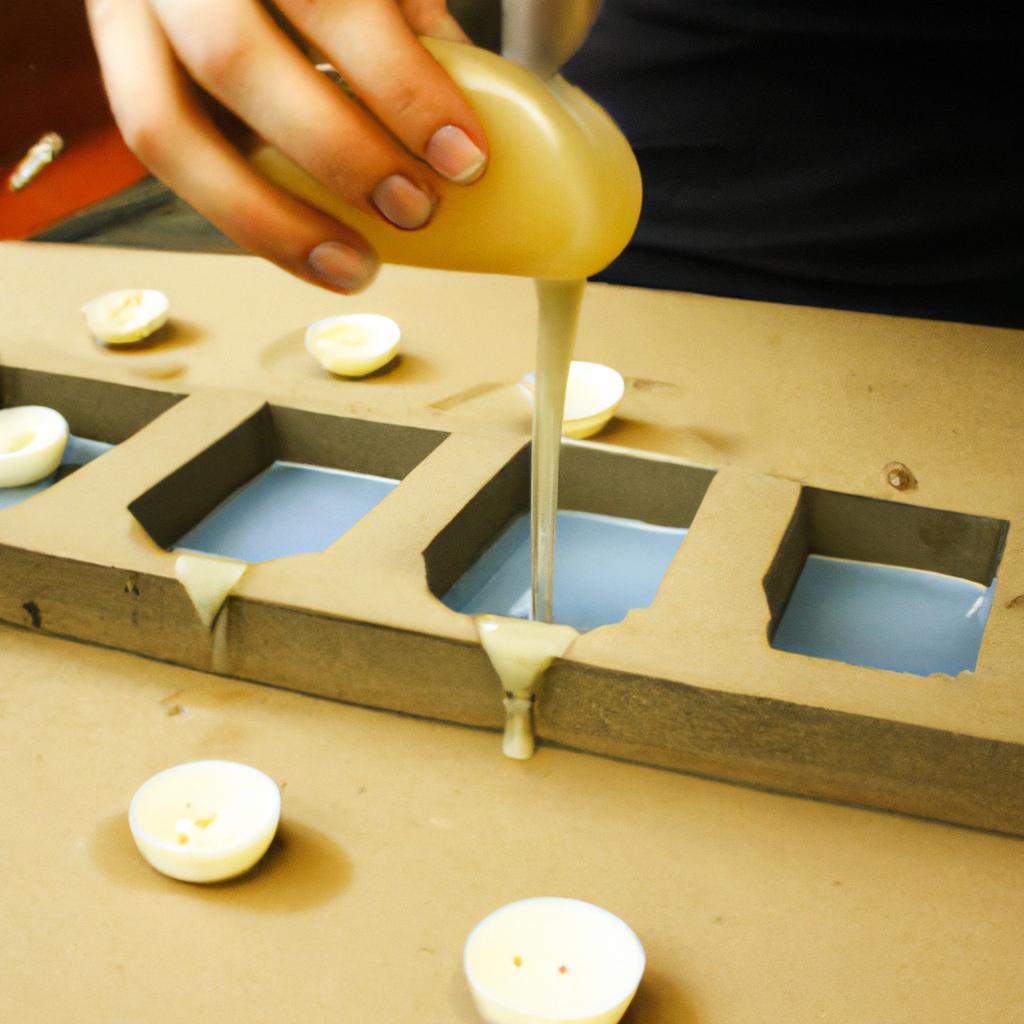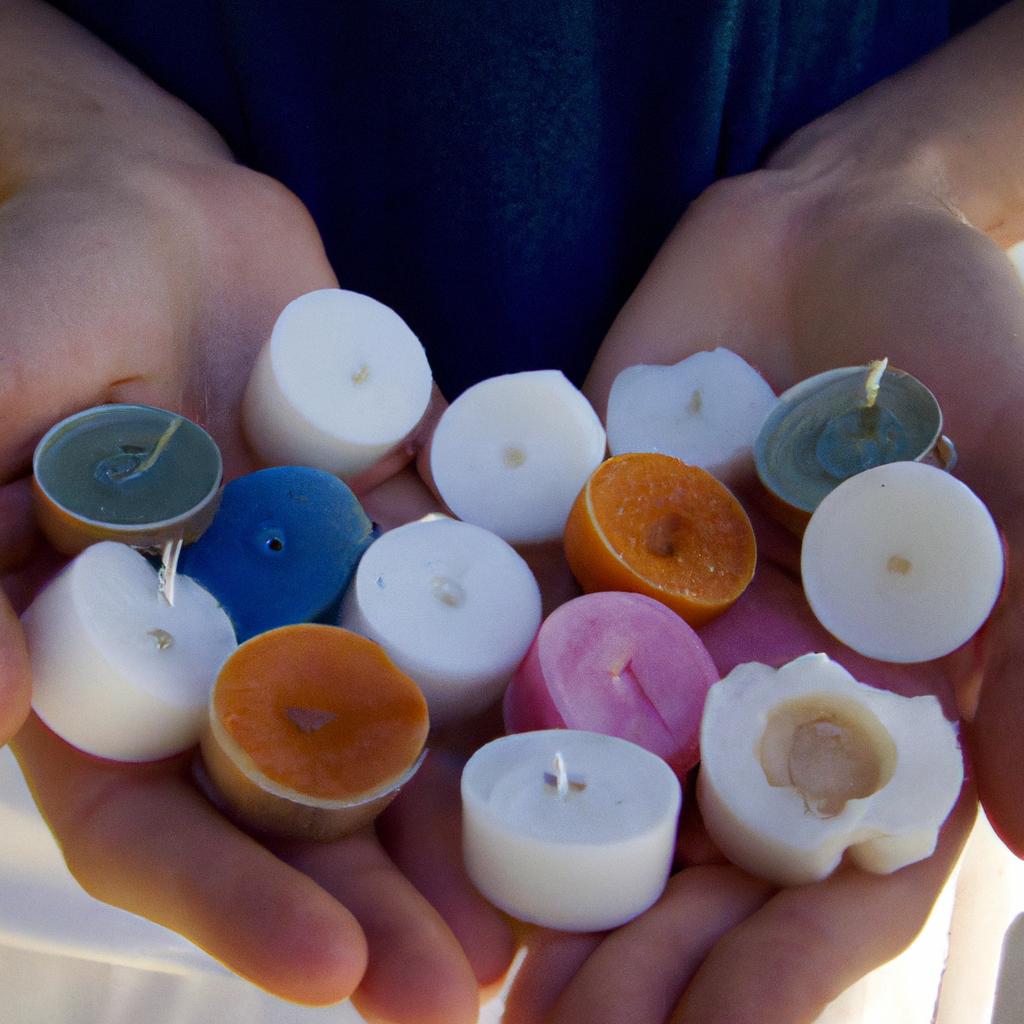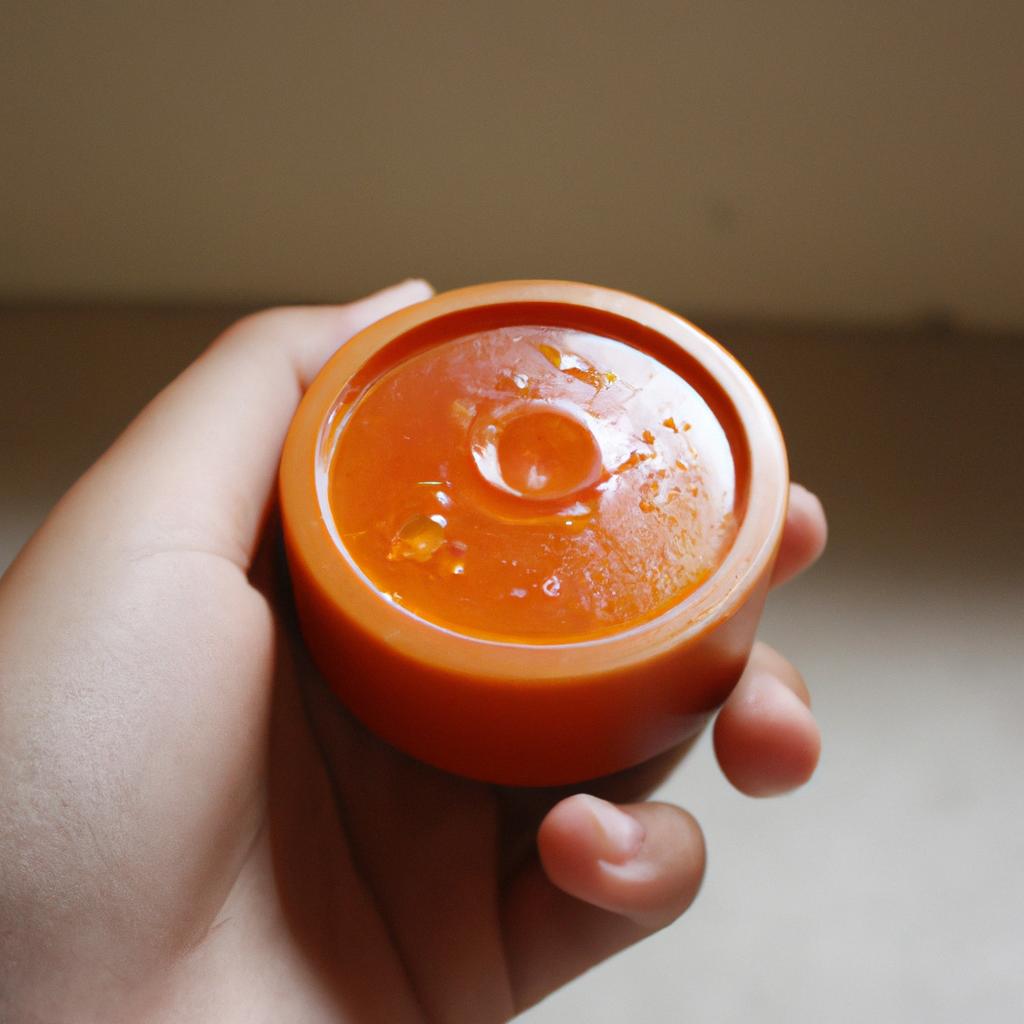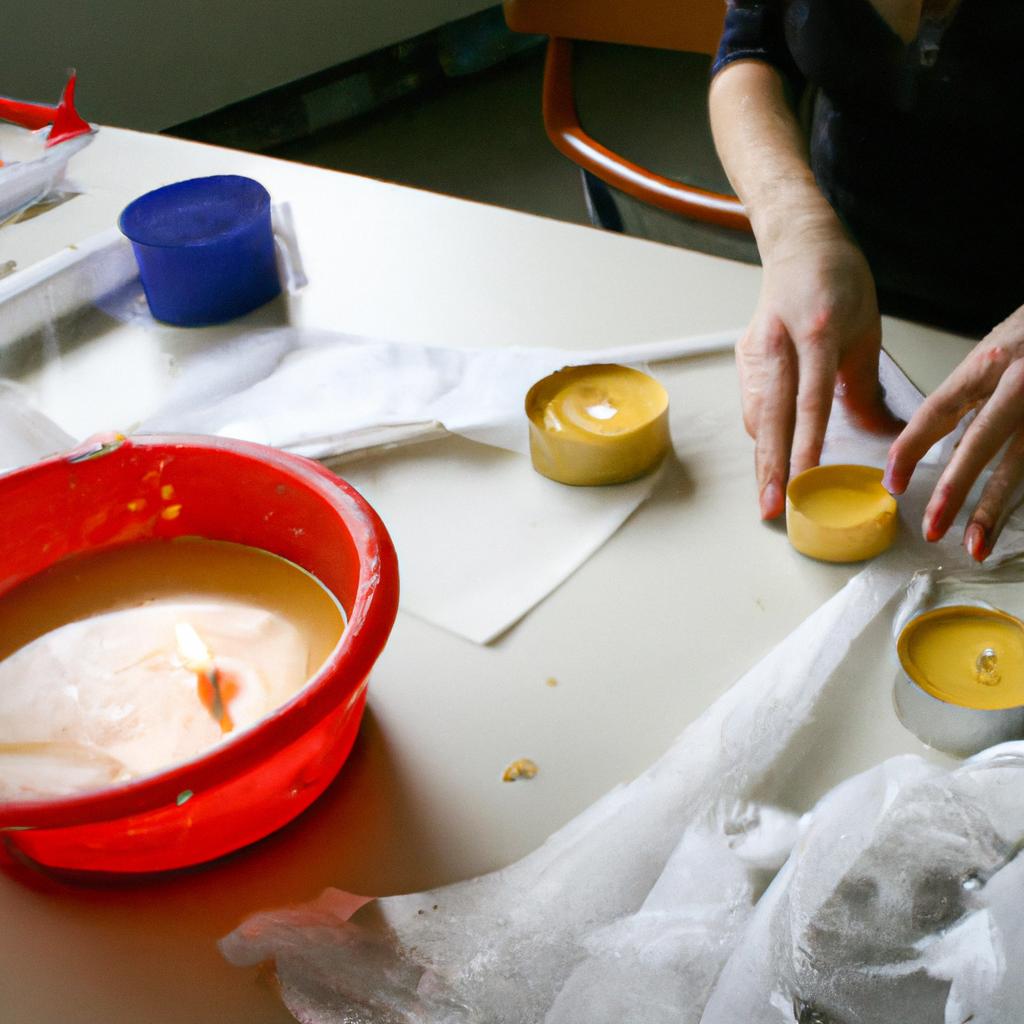Vegetable Wax for Candle Making: Types
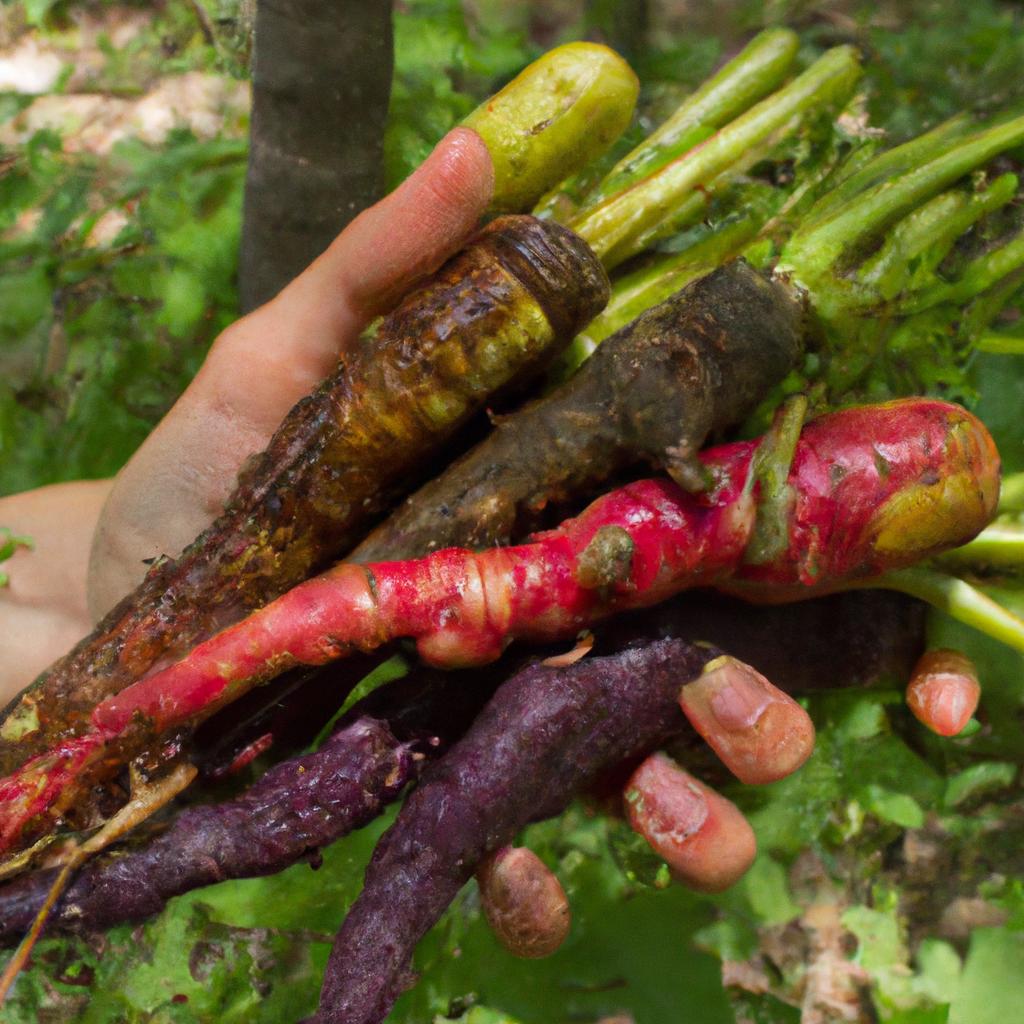
The art of candle making has been practiced for centuries, with wax being the key ingredient in creating beautiful and functional candles. While there are various types of waxes available, vegetable wax has gained significant popularity among candle makers due to its numerous benefits. This article aims to explore the different types of vegetable waxes commonly used in candle making.
Imagine a scenario where you enter a cozy room filled with an inviting ambiance created by the soothing glow of a beautifully scented candle. Have you ever wondered what kind of wax was used to create such a delightful experience? Vegetable waxes offer an eco-friendly alternative to traditional petroleum-based paraffin wax. Derived from natural sources like soybeans, coconut, palm, or other plant materials, vegetable waxes are known for their clean-burning properties and ability to hold fragrance oils effectively.
In this article, we will delve into the world of vegetable waxes and discuss some common types that are widely used in candle making. By understanding the characteristics and features of each type, candle makers can make informed decisions when choosing which vegetable wax is best suited for their specific needs. From soy wax known for its smooth finish and excellent scent throw to palm wax renowned for its unique crystalline appearance, exploring these different options opens up endless possibilities in creating unique and high-quality candles.
-
Soy Wax: Derived from soybean oil, soy wax is one of the most popular types of vegetable waxes used in candle making. It has a smooth and creamy texture, which allows for easy pouring and excellent fragrance retention. Soy wax also has a longer burn time compared to paraffin wax, making it an economical choice for candle makers.
-
Coconut Wax: Made from the oil of coconuts, coconut wax offers a clean and slow-burning experience. It has a natural scent that complements various fragrances well and provides an excellent hot throw. Coconut wax is also known for its ability to hold intricate designs and textures, making it a favorite among artisan candle makers.
-
Palm Wax: Extracted from the fruit of palm trees, palm wax is renowned for its unique crystalline appearance when solidified. This type of wax creates beautiful patterns and textures on the surface of candles, giving them an aesthetic appeal. Palm wax has good fragrance retention and burns cleanly but tends to have a slightly shorter burn time compared to other vegetable waxes.
-
Beeswax: While not strictly a vegetable wax, beeswax is derived from natural sources (bees). It is known for its natural golden color and sweet honey-like aroma. Beeswax burns slowly and emits negative ions that help purify the air by neutralizing pollutants. Due to its higher melting point, beeswax candles are often more durable than those made with other vegetable waxes.
-
Rapeseed Wax: Obtained from rapeseed oil, this type of vegetable wax offers excellent scent throw and burn performance. Rapeseed wax has a smooth texture similar to soy wax but with a slightly lower melting point. It is known for producing vibrant colors when dyed or combined with other waxes, making it ideal for creating decorative or pillar candles.
Each type of vegetable wax has its own unique qualities and benefits, allowing candle makers to experiment and create candles that suit their preferences and customer demands. Whether you prioritize sustainability, scent throw, or aesthetic appeal, there is a vegetable wax out there to help you achieve your desired candle-making goals.
Soy Wax
Imagine you are a candle enthusiast who loves to create your own unique scented candles. You want to find the perfect wax that not only provides an excellent burn but also aligns with your eco-friendly values. This is where soy wax comes into play.
Soy wax, derived from soybean oil, has gained popularity in recent years due to its natural and renewable properties. One example of its success is seen in a small business called “EcoLights,” which specializes in handmade soy wax candles. By using locally sourced soybeans, they have managed to create environmentally friendly candles that appeal to eco-conscious consumers.
To showcase the numerous benefits of soy wax, here are four key reasons why it has become a preferred choice for many candle makers:
- Renewable: Soy wax is made from a sustainable resource – soybeans – making it an environmentally friendly option compared to petroleum-based waxes.
- Clean-burning: When burned, soy wax produces minimal soot and smoke, contributing to better air quality indoors.
- Long-lasting: Candles made from soy wax tend to burn slower than those made from other types of waxes, giving you more hours of enjoyment.
- Easy cleanup: In case of accidental spills or drips, soy wax can be easily cleaned up with soap and water, avoiding any unsightly stains on surfaces.
Furthermore, let’s take a closer look at how soy wax compares to other common candle-making waxes in terms of cost, availability, fragrance retention, and environmental impact:
| Feature | Soy Wax | Paraffin Wax | Beeswax |
|---|---|---|---|
| Cost | Affordable | Inexpensive | Expensive |
| Availability | Widely available | Easily accessible | Limited supply |
| Fragrance Retention | Good | Strong | Moderate |
| Environmental Impact | Low | High | Low |
Soy wax emerges as a cost-effective and environmentally conscious choice when compared to paraffin wax, which is derived from petroleum. While beeswax has its own unique qualities, such as strong fragrance retention, it may not be as readily available or sustainable.
As we transition into the next section about “Beeswax,” keep in mind that there are various options to consider when selecting a wax for candle making. Each type offers distinct characteristics that can cater to different preferences and requirements.
Beeswax
Building upon the discussion of soy wax, we now turn our attention to another popular vegetable-based wax used in candle making – beeswax. Beeswax has been employed for centuries due to its unique properties and versatility in creating high-quality candles.
Beeswax is derived from the honeycombs of bees and offers a natural alternative to petroleum-based waxes. It possesses several desirable qualities that make it an excellent choice for candle making:
-
Natural Scent and Aesthetic Appeal:
- Beeswax emits a subtle, sweet fragrance that adds ambiance to any space.
- Its golden-yellow coloration lends a warm glow when lit, enhancing the visual appeal of candles.
-
Long Burning Time:
- Compared to other waxes, beeswax burns more slowly, resulting in longer-lasting candles.
- This extended burn time makes beeswax particularly suitable for decorative or ornamental purposes.
-
Clean and Non-Toxic Combustion:
- When burned, beeswax releases negative ions that help purify the air by neutralizing pollutants like dust and allergens.
- Unlike paraffin wax, which may emit harmful chemicals when burned, beeswax produces no toxic fumes.
-
Versatile Usage:
- Beeswax can be easily blended with other types of wax or essential oils to create custom scents and textures.
- Due to its malleability at lower temperatures, it allows for intricate carving or molding designs on candles.
Table: Comparison of Soy Wax and Beeswax Properties
| Property | Soy Wax | Beeswax |
|---|---|---|
| Source | Derived from soybean oil | Derived from honeycombs of bees |
| Burn Time | Average | Long |
| Fragrance | Scented or unscented | Natural, subtle fragrance |
| Environmental Impact | Sustainable and renewable | Eco-friendly, supports beekeeping |
Incorporating these qualities, beeswax candles have gained popularity among eco-conscious consumers seeking sustainable alternatives. The unique combination of its natural scent, extended burn time, clean combustion, and versatile usage makes beeswax a preferred choice for candle enthusiasts worldwide.
Moving forward in our exploration of vegetable waxes for candle making, we will now delve into the properties and advantages of palm wax. Palm wax offers distinct characteristics that set it apart from other vegetable-based waxes, providing yet another option for crafting exceptional candles.
Palm Wax
Vegetable Wax for Candle Making: Types
After discussing the properties and applications of beeswax in candle making, we now turn our attention to another popular vegetable wax used in this craft – palm wax. Palm wax is derived from the oil palm tree and has gained significant popularity among candle makers due to its unique characteristics.
One notable aspect of palm wax is its ability to produce attractive crystalline patterns when cooled slowly after pouring into a container. This feature adds an aesthetic appeal to candles made with palm wax, making them visually appealing and captivating to customers. For instance, imagine a handmade candle with intricate crystal-like formations embedded within it; such a product would undoubtedly stand out on any store shelf or online marketplace.
To better understand the advantages of using palm wax in candle making, consider the following:
- Eco-friendly: Palm wax is considered environmentally friendly as it is derived from a renewable resource – oil palms.
- Clean-burning: Candles made from palm wax tend to burn cleaner compared to those made from other waxes, emitting less soot and reducing air pollution.
- Scent retention: Palm wax has excellent fragrance-holding capabilities, allowing candles to release their scent effectively while burning.
- Long-lasting: Due to its high melting point, candles made from palm wax have a longer burn time than many other types of candles.
| Advantages of Palm Wax |
|---|
| Renewable Resource |
| Environmentally Friendly |
In conclusion, palm wax offers several benefits that make it an attractive choice for candle makers. Its ability to form beautiful crystalline patterns combined with its eco-friendliness and clean-burning properties sets it apart from other vegetable waxes available in the market.
Coconut Wax
Palm Wax
In the previous section, we explored the benefits and characteristics of using palm wax for candle making. Now, let us turn our attention to another popular choice: coconut wax. To better understand its properties and potential uses in candle making, let’s consider an example.
Imagine a small artisanal candle-making business that specializes in creating unique scented candles. Seeking to broaden their range of eco-friendly options, they decide to experiment with different types of vegetable waxes. One such option is coconut wax, known for its sustainability and excellent scent throw capabilities.
Coconut wax offers several advantages when used as a base for candles:
- Sustainability: Coconut wax is derived from coconuts, which are renewable resources.
- Clean Burn: Candles made with coconut wax tend to burn cleaner compared to those made with traditional paraffin wax.
- Excellent Scent Throw: Coconut wax has a natural ability to hold fragrance oils well, resulting in strong and long-lasting aromas.
- Smooth Appearance: When properly formulated and poured into containers or molds, coconut wax candles showcase a smooth finish with minimal surface imperfections.
To further illustrate these qualities, let’s take a closer look at how coconut wax compares to other common vegetable waxes used in candle making:
| Palm Wax | Soy Wax | Beeswax | |
|---|---|---|---|
| Sustainability | Yes | Yes | No |
| Clean Burn | Yes | Yes | Yes |
| Scent Throw | Moderate | Good | Moderate |
| Smooth Appearance | Yes | No | Yes |
As seen in the table above, coconut wax shares some similarities with palm wax, such as sustainability and clean-burning properties. However, it stands out due to its exceptional scent throw capabilities when compared to soy or beeswax.
Moving forward, we will delve into another vegetable wax option: rapeseed wax. By exploring its unique qualities and potential uses in candle making, we can expand our knowledge of the various options available to artisans seeking eco-friendly alternatives for their craft.
Rapeseed Wax
Coconut Wax is a popular choice among candle makers due to its unique properties and benefits. Derived from the meat of coconuts, this vegetable wax has gained recognition for its excellent scent throw and clean burning qualities. To illustrate its effectiveness, let’s consider a hypothetical case study involving two identical candles: one made with traditional paraffin wax and the other with coconut wax.
In our case study, both candles are lit simultaneously in separate rooms. As time passes, it becomes evident that the coconut wax candle emits a stronger and more pleasant aroma compared to the paraffin candle. This can be attributed to coconut wax’s ability to hold fragrance oil at higher temperatures, resulting in enhanced scent diffusion throughout the room. On the other hand, the paraffin candle releases an overpowering smell of burnt petroleum compounds, dampening the overall experience.
One of the advantages of using coconut wax is its eco-friendly nature. Unlike paraffin wax, which is derived from non-renewable fossil fuels, coconut wax is obtained from a sustainable source – coconuts. By opting for this natural alternative, candle makers contribute to reducing their carbon footprint and supporting environmentally conscious practices.
- Renewability: Coconut trees have rapid growth cycles and do not require excessive amounts of water or pesticides.
- Clean Burning: Coconut wax produces minimal soot when burned, contributing to cleaner air quality.
- Longer Burn Time: Candles made with coconut wax tend to burn slower than those made with other types of waxes.
- Versatility: Coconut wax blends well with various additives like beeswax or soy wax, allowing for customization based on individual preferences.
Additionally, here is a comprehensive comparison table showcasing some key characteristics of different vegetable waxes used in candle making:
| Vegetable Wax | Scent Throw | Burn Time | Eco-Friendly |
|---|---|---|---|
| Coconut Wax | High | Long | Yes |
| Rapeseed Wax | Moderate | Medium | Yes |
| Carnauba Wax | Low | Short | Yes |
| Soy Wax | High | Long | Yes |
As we can see, coconut wax outperforms other vegetable waxes in terms of scent throw and burn time. Its eco-friendly attributes further solidify its position as a preferred choice among environmentally conscious candle makers.
Moving forward, the next section will explore another type of vegetable wax – Carnauba Wax – and its unique characteristics for candle making.
Carnauba Wax
In this section, we will explore another type of vegetable wax that is commonly used in candle production: Carnauba Wax.
Carnauba Wax, also known as Brazil Wax or Palm Wax, is derived from the leaves of the Copernicia prunifera palm tree native to northeastern Brazil. It is a hard and brittle wax with a high melting point, making it suitable for creating candles with a smooth and glossy finish. One example of its usage can be seen in luxury scented candles where carnauba wax is combined with other waxes to enhance their aesthetic appeal.
When considering using Carnauba Wax for candle making, there are several key factors to keep in mind:
-
Melting Point: Carnauba Wax has an impressive melting point ranging between 180-190°F (82-88°C). This property ensures that candles made from carnauba wax have excellent heat resistance and stability during burning.
-
Fragrance Retention: Due to its natural hardness and high melting point, carnauba wax has good fragrance retention capabilities. This means that when scented oils are added to the wax during the candle-making process, they are more likely to retain their scent throughout the burning time.
-
Aesthetic Appeal: As earlier mentioned, one of the main reasons why carnauba wax is chosen for candle making is because of its ability to produce visually appealing candles. Its glossy finish adds elegance and sophistication to the final product.
-
Sustainability: Another advantage of carnauba wax is its sustainability factor. Derived from renewable sources such as palm trees, it offers an eco-friendly alternative compared to petroleum-based paraffin waxes often found in commercial candles.
To provide a comparison between rapeseed wax and carnauba wax for easy reference, here’s a table showcasing their key characteristics:
| Characteristics | Rapeseed Wax | Carnauba Wax |
|---|---|---|
| Melting Point | 120-140°F (49-60°C) | 180-190°F (82-88°C) |
| Fragrance Retention | Moderate | Good |
| Aesthetic Appeal | Smooth texture, creamy color | Glossy finish, visually appealing |
| Sustainability | Derived from renewable sources | Derived from sustainable palm trees |
In summary, Carnauba Wax is a desirable option for candle makers due to its high melting point, fragrance retention capabilities, aesthetic appeal, and sustainability. By exploring various vegetable waxes like rapeseed wax and carnauba wax, candle enthusiasts can choose the most suitable type based on their specific needs and preferences.

